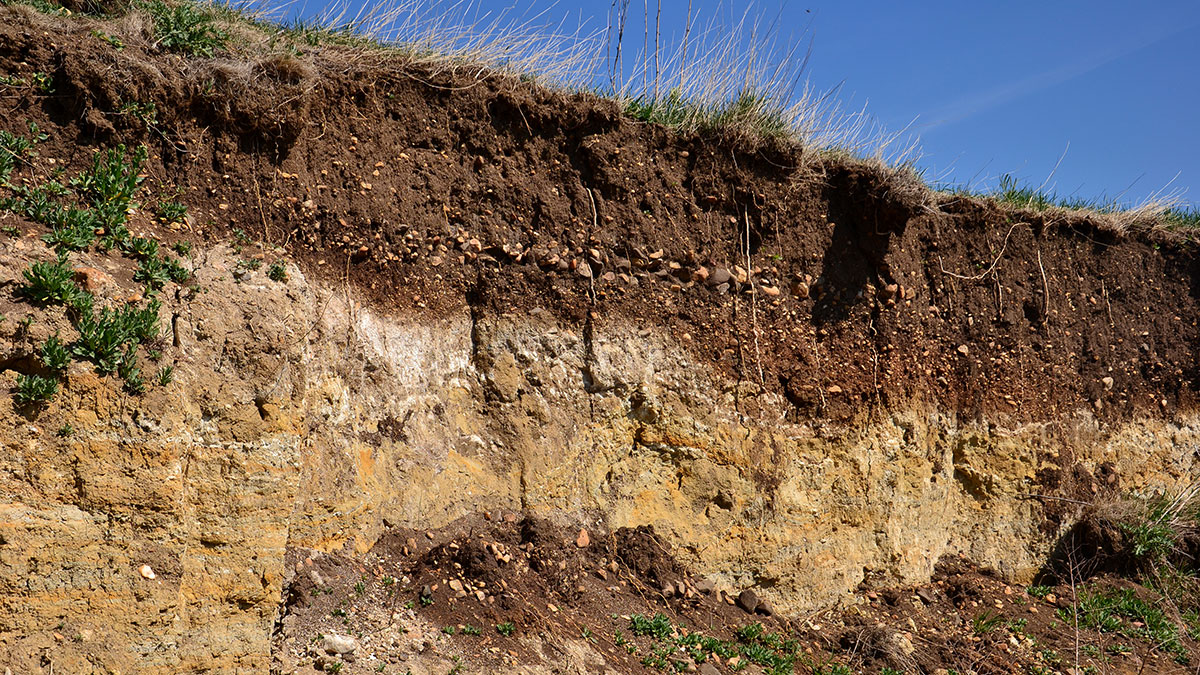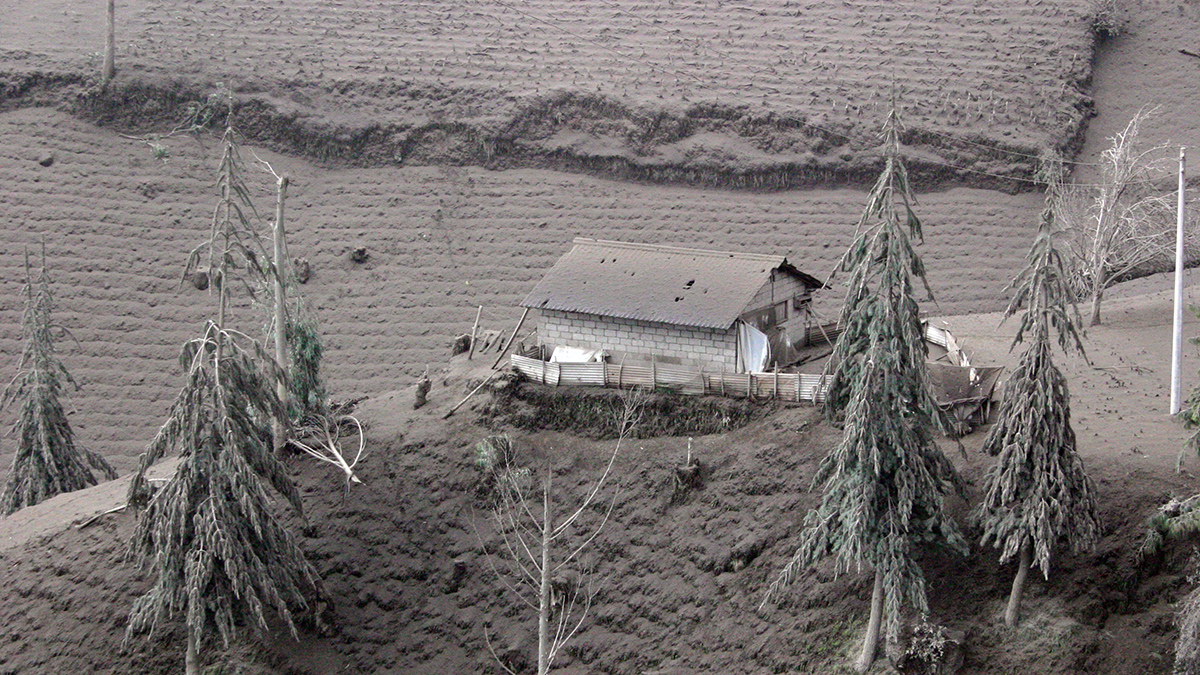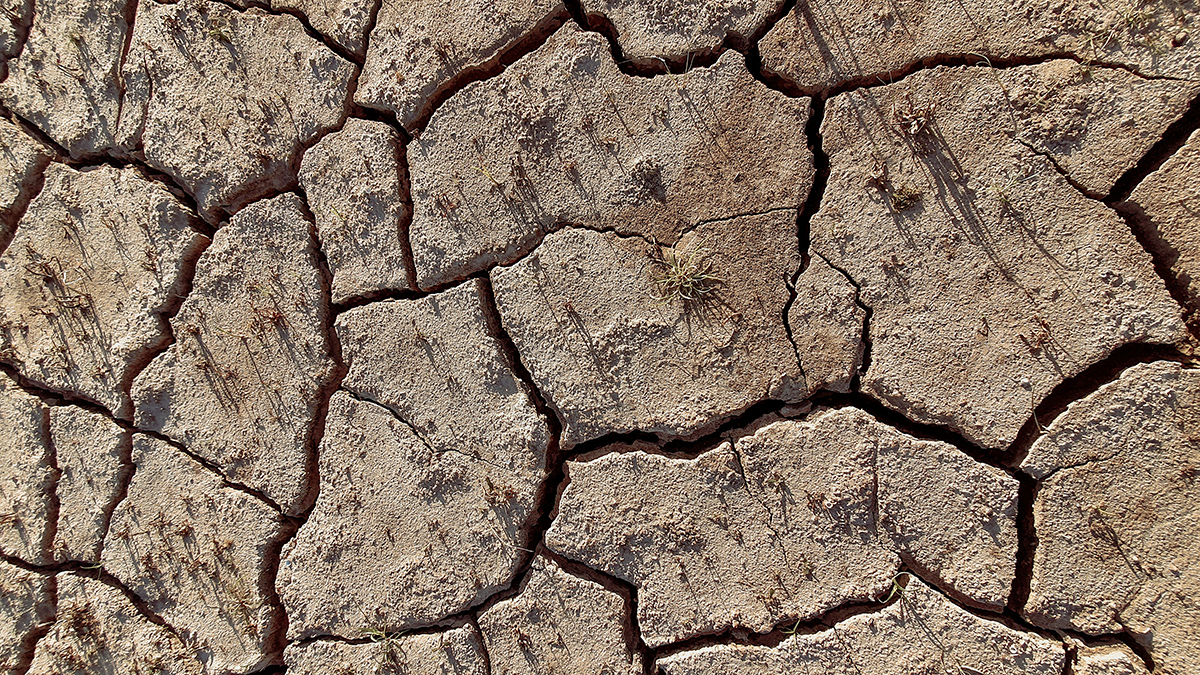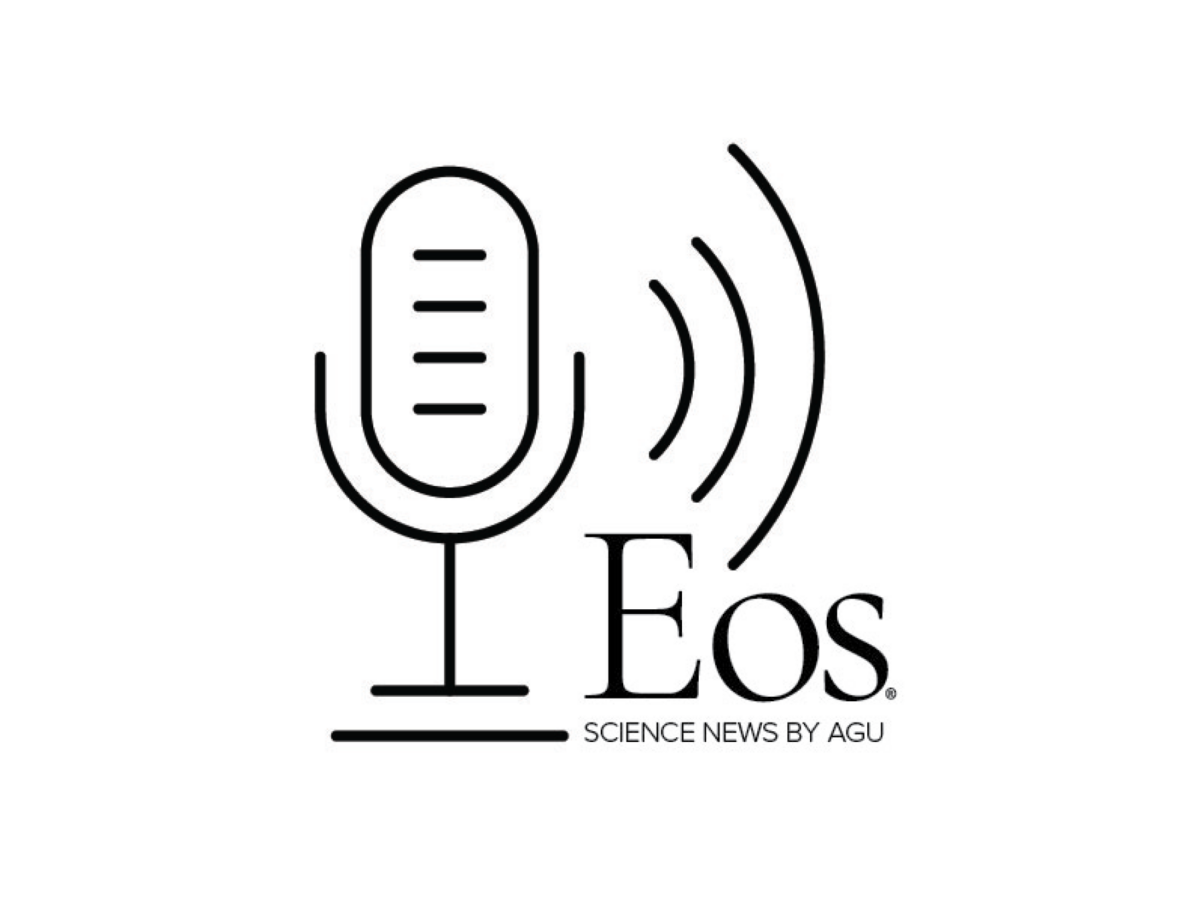一项新的研究描述了不同地球系统模式在预测气候变暖情况下土壤碳水平时的不一致之处。
soils
Agricultural Lands Are Losing Topsoil—Here’s How Bad It Could Get
A new study says topsoil erosion is likely to increase under climate change, though policy changes now could help stem the loss.
Cómo el volcán Tungurahua arrojó metales pesados en el suministro alimentario de Ecuador
Cuando el volcán Tungurahua de Ecuador entró en erupción múltiples veces entre 1999 y 2016, las comunidades agrícolas cercanas fueron cubiertas por ceniza, la cual dejó metales pesados en sus cultivos.
How Soil Symbionts Could Unlock Climate-Smart Agriculture
By tracing the evolutionary history of beneficial soil microbes, scientists hope to unearth a sustainable solution for producing food to feed a growing global population.
How Tungurahua Volcano Dropped Heavy Metals into Ecuador’s Food Supply
When Ecuador’s Tungurahua volcano erupted multiple times between 1999 and 2016, nearby farming communities were covered in ash, which left heavy metals in their crops.
Cracking Soils Could Accelerate Climate Change
Climate change is expected to lead to more frequent and intense drought, which in turn causes soil to crack, releasing more carbon dioxide and further warming the planet.
Does Soil Sound Different After It’s Burned?
Yes, but not quite the way researchers expected it to.
How Are Deep Soils Responding to Warming?
Scientists aim to integrate observations from deep-soil-warming experiments worldwide to better understand how ecosystems vital to food security and environmental health will react to climate change.
When It Rains, It Pours!
Water that falls on a forest canopy during rainfall events reaches the ground at focused locations called “pour points”. This insight has a major impact on how we view hydrologic processes on the ground.
Salty Soil May Release Methane on Mars
Through roving and drilling, Mars Curiosity Rover may be breaking up the ground’s salty, hardened soils that seal methane, possibly causing a temporal, local methane spike.










